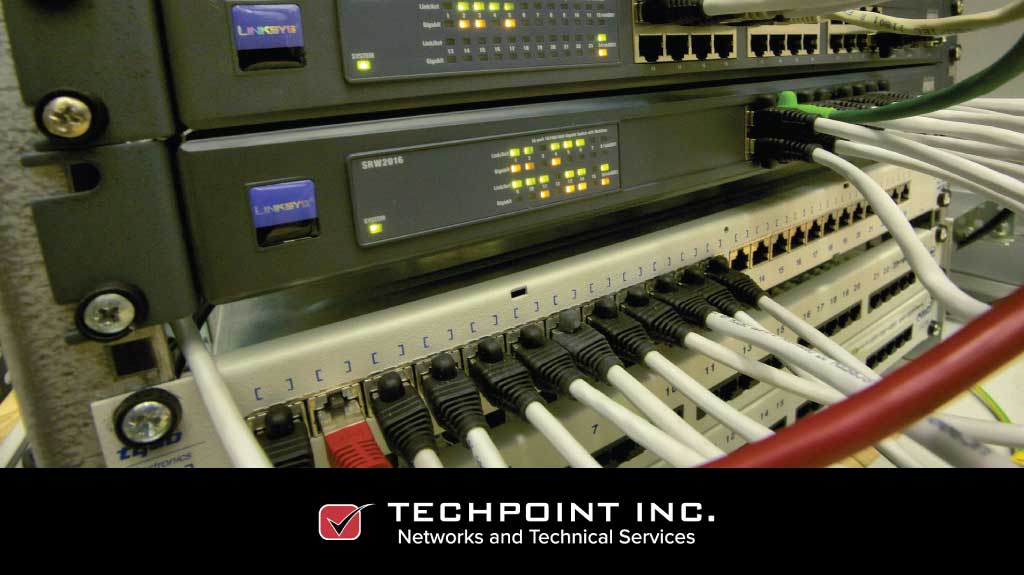Network troubleshooting in the process of identifying and resolving network issues, and also as a method that network specialists follow to improve overall network operations.
Troubleshooting is a repetitive and effective process that involves regular analysis and testing of individual network components to ensure smooth operation.
Why network troubleshooting is important
Network troubleshooting is important as it helps IT managers understand network component issues, reduce downtime, and improve the network’s Quality of Service for users.
With effective network monitoring, it’s easier to troubleshoot issues and identify network problems quickly.
Network monitoring also helps manage configurations and monitor the network to ensure smooth business-critical operations.
Common network issues
There are many reasons why network issues occur. Here are a few reasons:
- High bandwidth usage: Downloading large files, shared folders, and video content creates congestion in the network due to high bandwidth usage. This leads to network slowdown.
- Faulty hardware: One of the most common network performance issues is malfunctioning routers, switches, cables, and other devices. Network devices need to be configured correctly and tested regularly to ensure smooth functioning.
- High CPU utilization: CPU usage increases drastically when a larger number of network packets are received and sent throughout the network. A huge amount of traffic also overloads the network and requires high CPU utilization to execute the requests.
- Poor physical connectivity: Defective cables can generate errors as they’re linked directly to the interface of the network. Cable damage can also lead to packet loss and the reduction of the amount of data flowing.
Troubleshooting network issues
Network professionals can streamline various processes and eliminate redundant efforts by following the network troubleshooting best practices here:
- Information: Gather information about the problems, such as who is experiencing what type of network performance issues, to diagnose and resolve the issues better.
- Escalation: Having an escalation matrix helps you understand the issues better. It helps to connect with the right department or user who can assist in finding the root cause of the issue.
- Monitoring tools: Network monitoring tools can help automate the identification, troubleshooting, and resolution of issues, which can save time and help departments be more efficient. Tools can provide relevant information about network issues and robust features to help improve your ability to troubleshoot network issues faster, for example analyzing network traffic, visualizing network paths, and track devices functionality. Network troubleshooting tools can also send alerts if network outages or performance issues occur.
Basic steps
- Check local connectivity: The first step in troubleshooting network errors is to check cables, devices, switches, and routers. Network engineers can restart devices such as the modem, PC, and router to resolve simple issues. LAN connectivity could be another issue. To identify and troubleshoot LAN connectivity issues, try to ping the destination IP and check configuration settings and source host.
- Duplicate IP address entries: To check whether the computer is receiving a valid IP address or not, type “ipconfig” in the command prompt. If the IP address starts with 169, it’s receiving an invalid IP.
- Perform a DNS check: To determine server issues, use command “nslookup.” Results such as refused, timed out or server failure indicate the problem originates from the DNS server of the destination URL.
- Check malware protection: Check your malware protection tools to ensure they haven’t flagged any application, program, or settings affecting network performance.
- Review logs: Reviewing computer and network device logs is one of the best ways to identify and troubleshoot network issues. Logs provide information on each device, application, and program to help track the root cause of the issues.
How network monitoring tools can help
Network monitoring tools include software and hardware to track and identify network performance issues, events, or outages. They can monitor network traffic, bandwidth usage, uptime, and more; they can:
- Integrate with other network components: Monitoring tools can integrate with devices such as routers, firewalls, switches, and VMs with the help of protocols like SNMP, allowing admins to reconfigure devices quickly.
- Capture metrics: Regular health checks are crucial to ensure network components, and devices are performing flawlessly.
- Support visibility and troubleshooting: Monitoring tools include dashboards to help administrators view metrics collected from various applications and devices. They also provide reports of current network status, helping IT teams get visibility into the network for faster troubleshooting.
- Map the network: Network monitoring tools can automatically map devices linked to a network, allowing admins to get a clear view of ongoing or potential network issues.
Contact TechPoint now for help with your network troubleshooting and performance issues.
